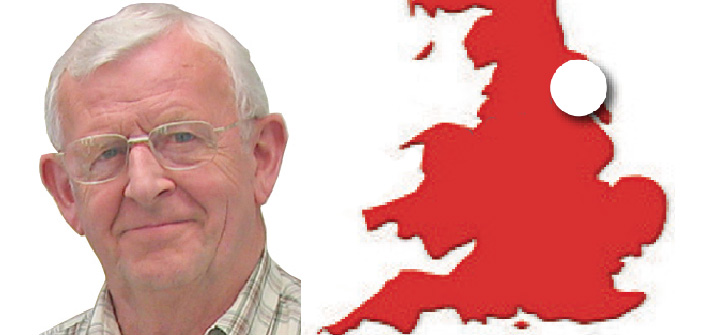I still don’t know how we go about getting a fairer deal for producers, who always take the brunt if there’s a downturn in the market. One of our leading supermarkets, which has its own abattoirs, has always been as fair as most in its purchasing of pigs, but I was absolutely stunned a week before Christmas to find that its ham on the bone had risen from £13.50 to £15.20/kg, its Wiltshire cure bacon from £8 to £9/kg and its dry cure from £9 to £10/kg. Its prices had remained more or less static for a couple of years, and the increase followed the dropping of prices to producers, who were by then in a clear loss-making situation.
I tackled the store manager, who was unaware of the change, and left him in no doubt as to how I felt about the treatment of its producers. What I couldn’t understand was why such a thing had been done in the run-up to Christmas when it was unlikely to increase sales.
The manager did not know that the price to producers had been sliced, and when I saw him again two weeks later he was somewhat embarrassed, although it wasn’t his fault. He had passed my comments to HQ and its response was something along the lines that its retail prices reflected the market trend. It certainly didn’t reflect the effect on the producers who receive a small amount of the gross value of the pig, and who take all the risks.
I was looking back at some of the many photos on my computer and reflecting how things have changed since Pig World began 29 years ago. As I mentioned last month, so many things have had a huge input: building design and ventilation, feed has improved dramatically, genetics are out of this world, health programmes and of course on-farm security and training of staff have all made huge differences.
Buildings are now spaced out further away from each other, and situated so that the prevailing wind blows from farrowing towards finishing, which has had huge effects in preventing the transfer of bugs. Perhaps one of the biggest effects on health has been the massive growth in bed-and-breakfast finishing.
That has meant two things: the first is a better health programme generally; and the other is that many of the breeding units have been able to increase and specialise more in what they’re good at. I have to say, we’ve a lot of people who’re exceptionally good.
I can remember, as a lad, having a boar run with 20 sows in a straw yard, and if a sow looked like farrowing, you brought her into a makeshift farrowing pen, probably with just one wooden rail across a corner of a cold building to act as a creep area.
Targets were never thought of, and I envy the way stockmen can go about their tasks today, with farrowing rates, targets for numbers reared and number of kilos up the ramp.




